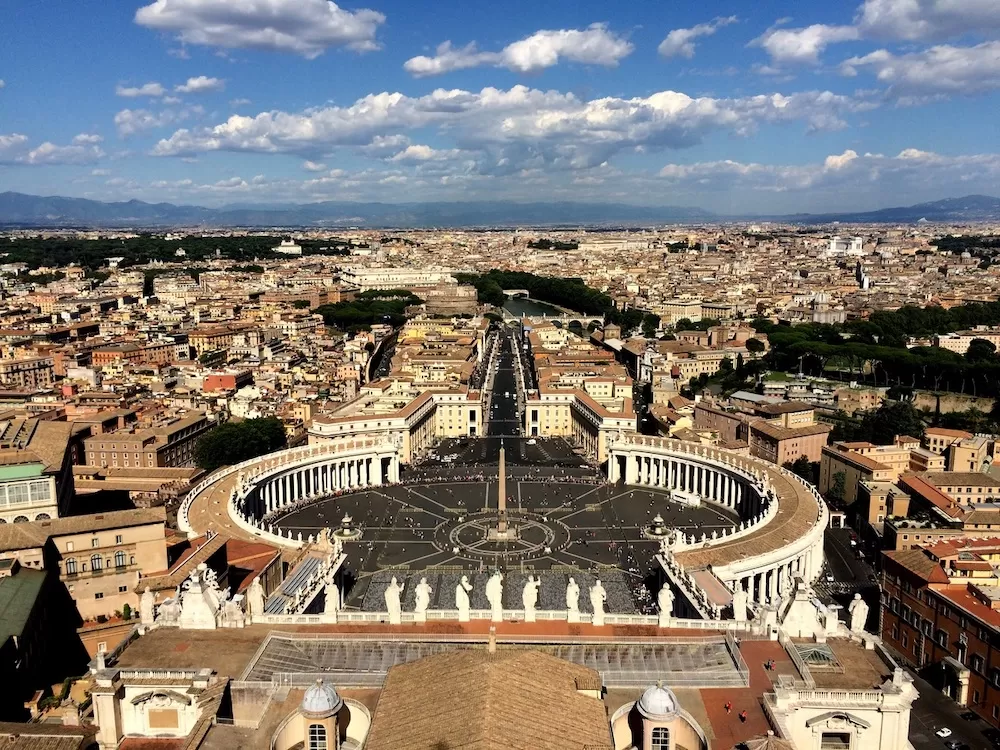
How to Move to Rome
The process of moving to Rome isn't all that complex. It's barely simple and easy, but it's also not so complicated that you'll lose sleep over it. In a nutshell, you just need to apply for a long-term visa to Italy. After a specific period, you can then apply for a permanent residence permit. Doing so, however, comes with a few requirements. Apart from the usual legal documents, you also have to pass the basic Italian language test, earn an income that's equal to or higher than the annual amount of the welfare allowance, and provide police clearance, among many others.
Rome Overview
Rome is one of the world's major cities. With a population of 4.316 million residents, it's the most populous city in all of Italy. As the country's capital, Rome also serves as a central business and financial hub. A variety of big local businesses have their headquarters here, ranging from big banks and real estate conglomerates to fashion brands and luxury groups. As for the weather, Rome enjoys the typical warm climate of the Mediterranean. Its summer temperatures can get as hot as 30⁰C (86⁰F) while in winter, it can get below freezing.
Why is Rome Important?
As mentioned earlier, Rome serves as the capital city of Italy, one of the most powerful countries in the world. It's also a major business and financial hub, not just in Italy and Europe, but in the rest of the world. The city has a good grasp of the global economy, hence, it remains a vital player on the international stage. And if that's not enough, let's not also forget that Rome is where you'll find the Vatican City, the seat of power of the Catholic Church. As the center of Christianity, the city holds eternal influence over the rest of the world.
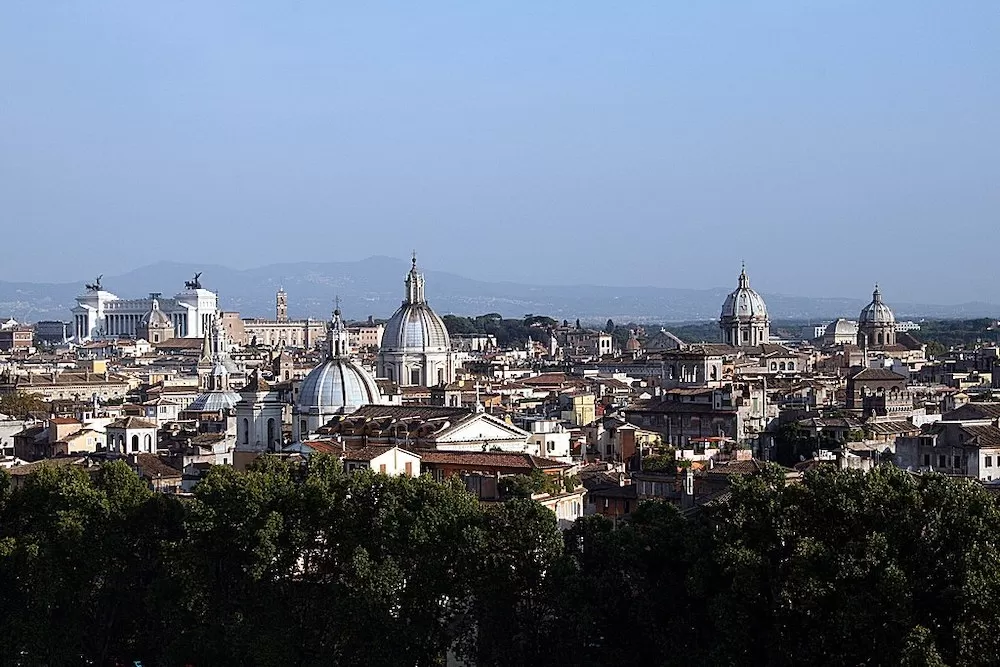
Source: Wikimedia Commons
Visa for Rome, Italy
Do you need a visa to move to Rome? Well, it depends. If you're a citizen of another EU country, you don't need a Schengen Visa to enter Italy. You do, however, need to get a permanent residence permit to relocate to Rome (or any other Italian city). The same goes for those who are eligible for the ETIAS Visa Waiver Program. For those coming from non-EU countries, on the other hand, you still need to apply for a visa. Specifically a long-term visa will let you stay in Italy for more than three months. After a specific period of time, you can then apply for a permanent residence permit to make your relocation official.
Rome Visa Requirements
As with any other process, applying for a Schengen Visa or long-term Italian visa (i.e. D-Visa or a National Visa) comes with a few requirements. They include a filled-up application form, your valid passport, passport pictures, copies of previous visas, civil status documents, proof of funds (sometimes including proof of employment/income), proof of travel, travel insurance, and proof of accommodation. It will also help if you present your reason for going to Italy (i.e. work-related reasons, family matters, etc.), especially if you're applying for a long-term visa.

Source: Wikimedia Commons
Getting Around in Rome
As a major city, it's pretty easy to get around Rome. Public transport in Rome is alive and well, with various options for you to choose from. There's the underground metro, the tram system, the urban railway, buses, taxis, and more. There's no excuse for you not to get to where you need to be. Even more so if you buy a Roma Pass. What is a Roma Pass, you ask? A Roma Pass is the Italian capital's main travel pass. It gives you unlimited access to Rome's public transport systems for a specific period. With it, you no longer have to line up to get a ticket, which can get very long when the city is at its busiest.
How to Get Around Rome
As already mentioned, there are plenty of ways to get around Rome. You can take the underground metro, the urban railway, the tram, the bus, a taxi, etc. And those are just the main ones. Here in Rome, you can also rent a bike, scooter, or Vespa to get to where you need to be. There are various rental services throughout the city, some of which even offer their vehicles right there on the street. But if even that is not enough, you can always use a transportation app. The most popular ride-hailing apps like Uber and BlaBlaCar operate in Rome. They'll get you to your destination in no time!
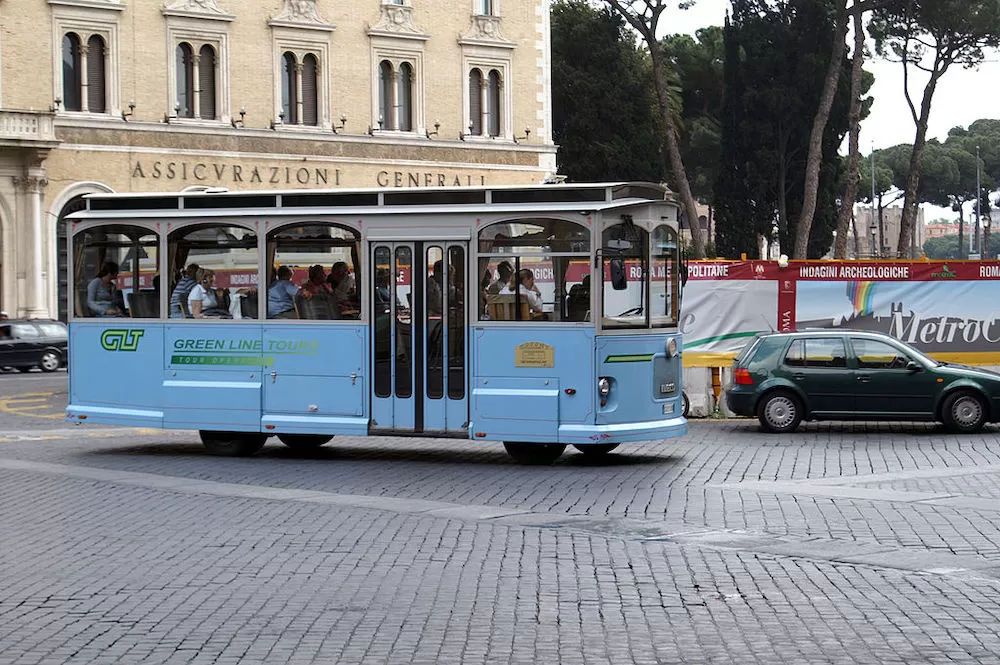
Source: Wikimedia Commons
Where to Live in Rome
Part of what makes Rome such a fascinating destination is its different districts. The many neighborhoods in Rome are as dreamy as they can get! Check out the history in Centro Storico, the bustling nightlife scene in Monti, the romance in Trastevere, and the affluence in Parioli. If you move to Rome, you can take your time exploring these wonderful places.
Where to Stay in Rome for The First Time
If it's your first time in Rome, you'll want to stick to the center of the city. Neighborhoods like Centro Storico, Borgo, Monti, Prati, Trastevere, and Trevi are where all the action is. They have the most iconic landmarks (i.e. the Colosseum, the Trevi Fountain, etc.), the most popular hotspots (i.e. Michelin-starred restaurants, cool bars, etc.), and are generally safer compared to other parts of the city.
Where to Stay in Rome on a Budget
In truth, Rome isn't exactly the best place for anyone living on a budget. The Italian capital is notoriously expensive. With that said, there are still a few neighborhoods where you can still get by without spending too much money. They include Monti, Termini, Ripa, and Cipro. A huge part of why these are budget-friendly places is that they're pretty central spots in Rome's public transport. Termini, for example, is where the city's Central Station is located. You can easily get around without having to spend more than necessary!
Where to Stay in Rome with Your Family
While Rome isn't exactly the safest place in the world, it's still a family-friendly city overall. In fact, there's a handful of neighborhoods where you can enjoy your time with kids. There's Centro Storico, with all its history and famous landmarks. There's the Vatican, known as one of the safest places in the world. And there's Trieste and its many green spaces. What's not to love?
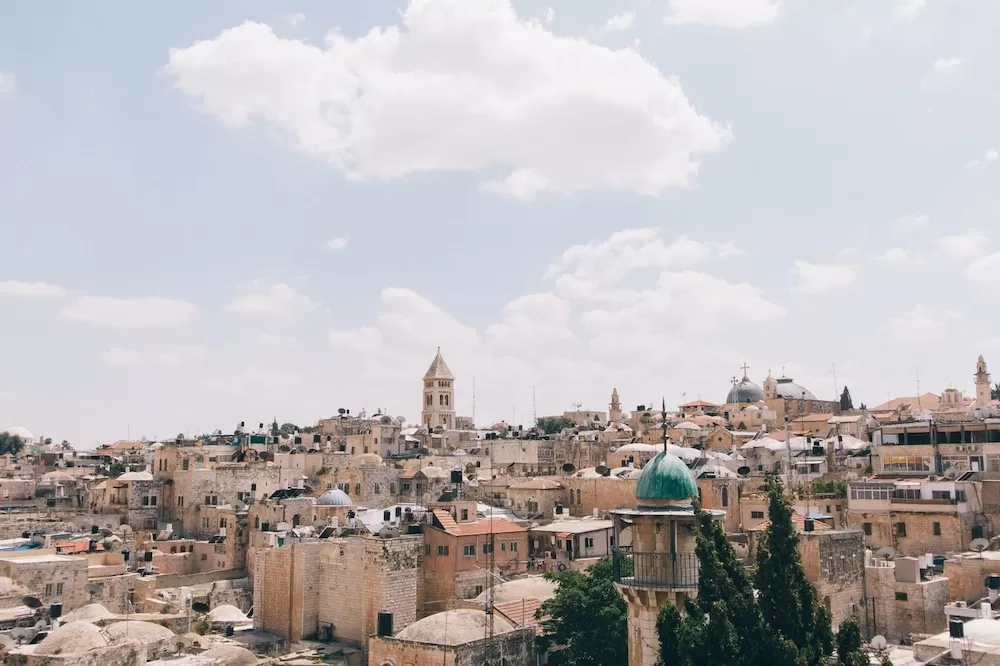
Source: Wikimedia Commons
Living Costs in Rome
As beautiful of a city as Rome is, the sad truth is it's among the most expensive cities in the world. The living costs in Rome are quite high, even when you're on a budget. So you really need to save up if you still plan to move to the city.
How Expensive is Rome, Italy?
Typically, it will cost one adult around €900.00 per month to live a comfortable life in Rome. For a family of four, it'll cost them €3,122.60 per month. And do you know what's the wild part? Those figures haven't taken into account the rent yet. You can imagine now just how expensive it is to stay in Rome!
Is It Expensive to Live in Rome?
As already mentioned, it is expensive to live in Rome. Even when you're on your own, it can already cost you close to €1,000.00 per month to live a comfortable life. And that's without rent! The standard monthly rental fees in Rome range from a minimum of €500.00 to a maximum of €3,500.00. It all depends on your apartment in Rome, specifically how big it is, how many rooms it has, and its location within the city.
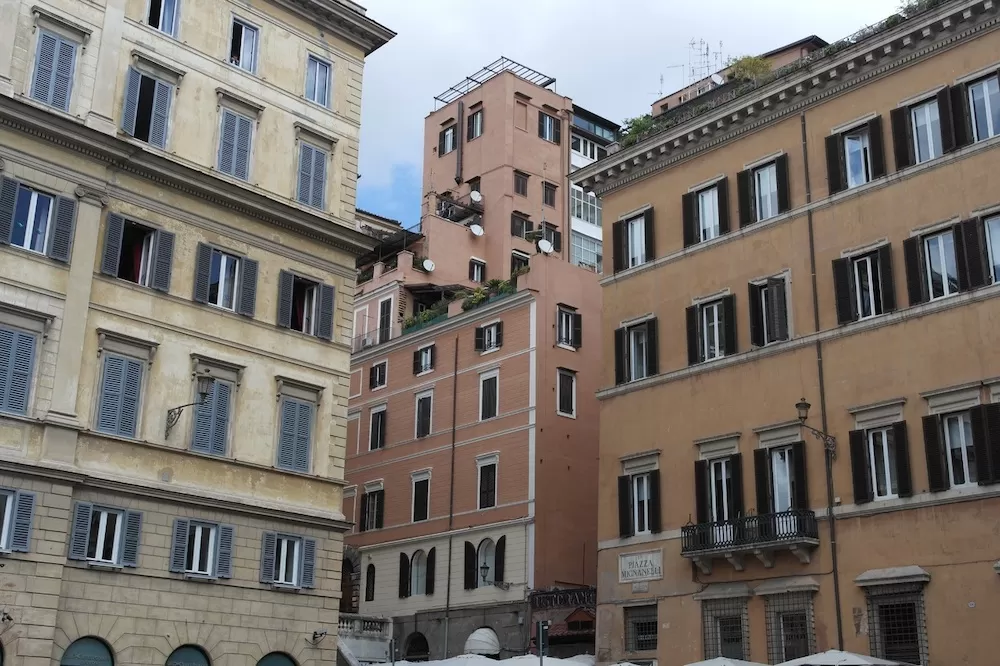
Source: Wikimedia Commons
Employment in Rome
As one of Italy's central business hubs, there are many job opportunities in Rome. In fact, if you're moving to Rome, there's a good chance it's because you're assigned to work here, right? If not and you were able to relocate to the city without a job yet, there's nothing to worry about. Generally speaking, Italy's job market is fairly stable. It currently enjoys a 7.6% unemployment rate which, though not the lowest, is far from the highest in the world.
Unemployment in Rome
As already mentioned, Italy's unemployment rate is only 7.6% for now. Admittedly, it's not so low that it's impressive. But at the same time, it's also not so high that it's a cause for concern. This rate simply means that Italy's job market is stable but still needs improvement. And in cities like Rome, there are still many opportunities to find employment here.
Jobs in Rome, Italy for English Speakers
Can you get a job in Italy, specifically in Rome, if you can't speak Italian? While it'll certainly be difficult, it's not impossible. On the contrary, there are quite a number of English-speaking jobs in Rome. You can apply as a teacher in a school, a private tutor, or even as an au pair for a local family. There's also a need for translators in various big and small companies operating in Rome. But do take note that many of these positions require college degrees, certifications, and the like.

Source: Wikimedia Commons
Education in Rome
As the capital city of Italy, Rome's education is of the highest quality. The place itself was already a haven for scholars back in ancient times. Evidently, this is one part of the city that hasn't changed today. Whether you're relocating to Rome to study here or you're taking your kids with you and you need to ensure they continue their studies, there's no need to worry. There are a lot of great schools in Rome.
Schools in Rome
Let's stick to the primary and secondary schools for this one. Rome's most notable schools include the Castelli International School, St. George's British International School, Rome International School, and the Core International School. From their names alone, you can already tell what makes them noteworthy, haven't you? These are all some of the most prominent international schools in the Italian capital. They're the most suitable for expat families to send their kids to.
American Schools in Rome
Apart from the other international schools mentioned so far, Rome also has a good number of American schools. The most famous of which is the American Overseas School of Rome. Accredited by the Middle States Association of Schools and Colleges (MSA), it has long stood as one of the finest academic institutions in the city, local or international. Around 20% of its graduates proceed to go to Italian universities for their higher education. Moreover, there's also the Ambrit Rome International School, another American-headed school in Rome. But compared to the American Overseas School of Rome, this institution maintains a nice balance between Italian and American curriculums.

Source: Wikimedia Commons
Healthcare in Rome
Healthcare is no problem in Italy. For one thing, the Servizio Sanitario Nazionale, which is Italy's healthcare system, operates on a universal system. This allows all residents of Italy to have access to proper medical care. Residents of the Italian capital are especially lucky since there are many prominent hospitals in Rome. There's the Concordia Hospital, for example, which is famous for its track record of successful surgeries. The Rome American Hospital, on the other hand, is the finest English-speaking medical center in the Lazio region.
Does Italy Have Free Healthcare?
Does the fact that Italy has universal healthcare mean it's also free? Generally, yes! Servizio Sanitario Nazionale (SSN) offers free and low-cost healthcare to all residents in Italy but that doesn't mean it's 100% free. It just means that you don't have to pay your doctor directly. Instead, your taxes are what pays for your healthcare. You simply have to pay for the additional medical costs if there are any.
Is Healthcare in Italy Good?
Yes, it is! The World Health Organization (WHO) even ranks Italian healthcare as the second-best in the world. Not only do you get free healthcare if you're a resident, but you also get access to quality healthcare. As a result, Italy is also known as a medical tourist destination, even one of the best in the world. With its high-quality medical care and famous attractions, it's no surprise patients from around the world want to get treated here. What more when you move here yourself?
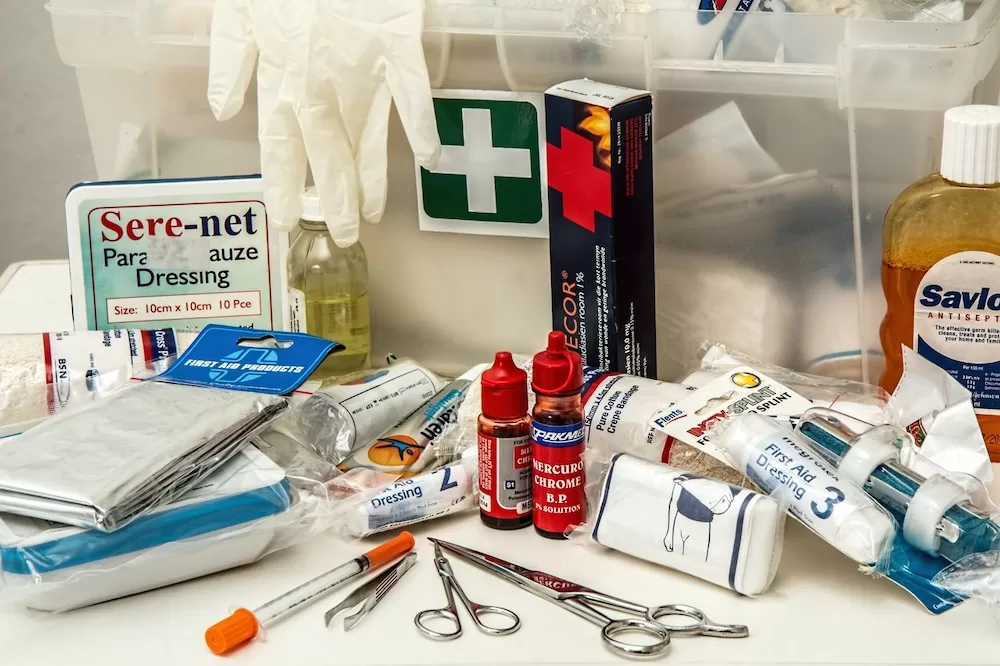
Source: Wikimedia Commons
Safety in Rome
The unfortunate thing about capital cities, even for one as beautiful and as popular as Rome, is that they usually have moderate to high crime rates. Currently, the crime rate in Rome is 54.23%, which is fairly moderate. On top of that, the city's rate of increasing crimes is 69.93%, which is considered high. As mentioned previously, Rome is far from the safest place in the world. Its crime rates stand proof of that.
Is Rome Safe at Night?
Weirdly enough, Rome is fairly safe at night. Compared to other major cities with very low safety rates at night, Rome's safety rate is 42.57% at night. It's not high, sure, but it's definitely not low too. At the same time, the city's safety rate during the day is 71.83%, one of the highest in all of Italy. The fact that it drops less than half at night means that Rome is more or less safe after dark.
Areas to Avoid in Rome
With that said, there are still some areas in Rome you'd do well to avoid. They include Corviale, Monaca, Romanina, San Basilio, and Tor Bella. These are the most crime-riddled neighborhoods in Rome and are generally unsafe at night. Fortunately, however, these are also mostly residential areas so there's barely any reason for you to go to any of them.

Source: Wikimedia Commons
Taxes in Rome
Moving to Rome means you'll also have to start paying taxes there. Don't worry! The Italian tax system isn't all that complicated and is largely similar to the tax systems in other European countries. It is important to note, however, that you might already be required to pay taxes even before gaining legal residency here. It's possible that you're a tax resident, someone who is required to pay taxes to the Italian government even when they're not a legal resident. You are one if you spend about 183 days (approximately six months) of the year in Italy.
Rome Income Tax
Perhaps the one kind of tax you need to worry about is the income tax. Upon landing employment in Rome or becoming a tax resident of Italy, you'll need to pay your income tax. But at what rate? Well, it depends on how much you earn annually. The higher your income, the higher your income tax rate. For example, if you earn around €15,000.00 to €28,000.00 a year, you only have to pay 27% of your income. And if you earn anything over €75,000.00 a year, then your income tax rate is 43%, the highest rate.
What is VAT Tax in Rome?
The VAT (Value-Added Tax) rate in Rome (and the rest of Italy) is 22%. It's different from the VAT rates in other major cities (i.e. Paris, London, etc.), which is usually around 20%. What does remain the same is that the VAT applies to all goods and services sold in the city. It can only be reduced two times, either to 10% or 5%. And the super-reduced rate in Italy is 4%.

Source: Wikimedia Commons
Relocation Tips for Rome
Let's end this relocation guide with some tips that will surely help you move to Rome more seamlessly.
Learn basic Italian. Luckily, there are many language schools in Rome that can teach you.
Set up a local bank account in Italy and make your main branch one that's near your home.
Upon arriving in Italy, join a local mobile network immediately!
Prepare a budget and try to stick to it as best you can.
Memorize the routes you'll take as soon as possible.
Learn some basic Italian social customs before landing in Italy.
Make new friends and build a strong network! This will help you a lot in the long run.
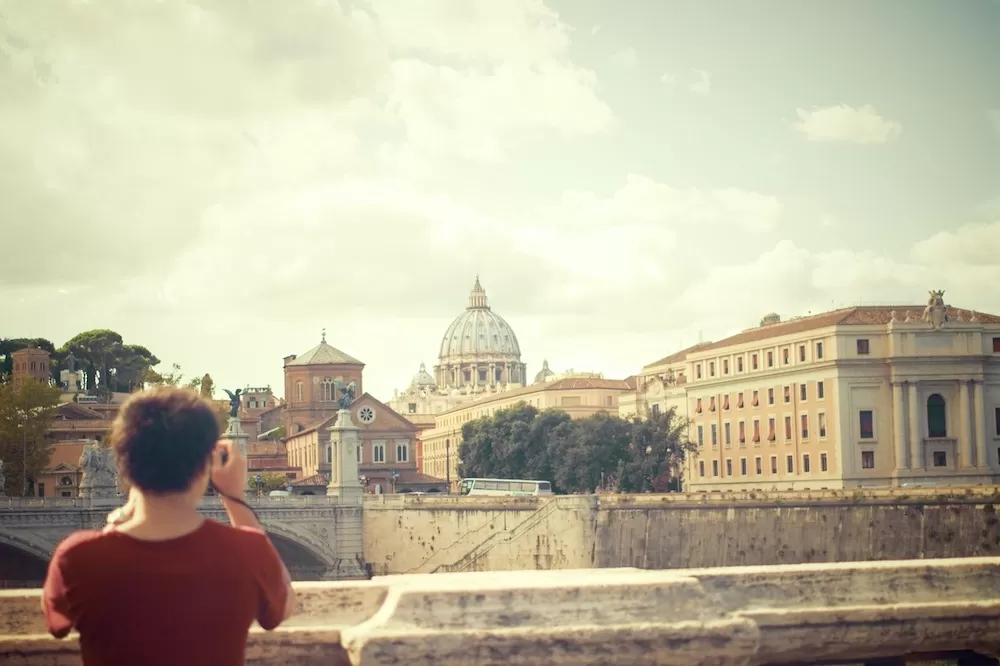
Source: Wikimedia Commons
Moving to Rome is no easy task. There are lots to do, tasks to accomplish, errands to run, and more. With that said, it's also not impossible to start a new life in the Italian capital. Let this relocation guide show you how it's done!